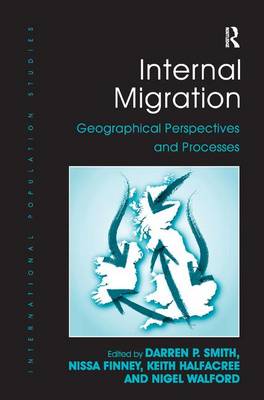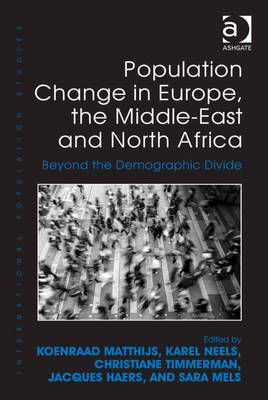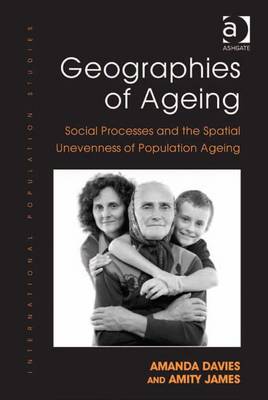International Population Studies
3 total works
Population Change in Europe, the Middle-East and North Africa
Current demographic trends raise new questions, challenges and controversies. Comparing demographic trends in Europe and the NAME-region (North Africa and the Middle East), this book demonstrates how population change interacts with changing economic landscapes, social distinctions and political realities. A variety of drivers contribute to demographic change in the various regions and countries considered, such as family policies, economic realities, the impact of educational differentials and the attitudes towards marriage. On the macro-level the new trends are restructuring the age composition of populations and are reshaping the life courses of individuals and families. In turn, the impact demographic forces have on the organisation of labour markets, on fiscal policies, on the care of the elderly, on migration flows and on political changes can be quite radical. The volume provides food for thought for those who are looking for a nuanced perspective on the background and future perspectives of demographic developments in Europe, for a discussion of recent demographic and political realities in the NAME countries, and for those who analyse the effects of contrasting demographic regimes on migration flows to and migration politics in Europe.
Population ageing is projected to affect all countries across the world in coming decades. The current rate of population ageing is unprecedented in human history with population projections indicating that this will be an enduring trend. Moreover, population ageing is spatially pervasive, affecting every man, woman and child. This has considerable implications for policy responding to the economic, social and healthcare outcomes of population ageing. The potential economic implications have been likened to those of the 2008 global financial crisis.
This book examines the patterns and causes of uneven population ageing. It identifies those countries and localities most likely to experience population ageing and the reasons for this. Attention is also given to the role that youth migration, labour force migration, retirement migration and ageing in place have in influencing the spatial concentrations of older people. The book brings together a range of diverse international case studies to illustrate the importance of understanding the causes of population ageing. Case studies include a review of ageing in Florida's (USA) labour force, an investigation into the housing arrangements for the elderly in Northern Ireland and an assessment of the environmental stewardship activities of Grey Nomads on Western Australia's remote north coast.


